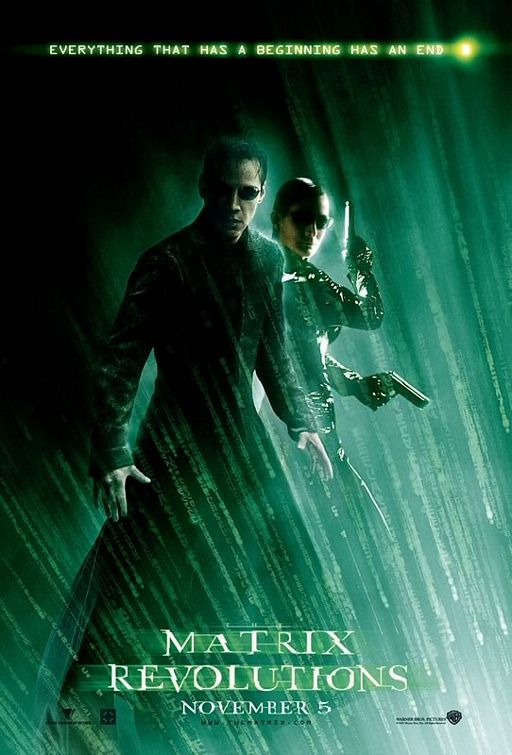Identifying with Lisa: The Simpsons and the Representation of a Second Grade Activist
Me: Did you grow up watching The Simpsons?
Female college student: Yes.
Me: Who was your favourite character?
FCS: Grandpa.
Me: Why?
FCS: Because of all the random shit he says; it’s so funny.
Me: Whom did you most identify with?
FCS: Lisa.
Me: Why?
FCS: Because she’s smart and normal.
Me: Do you think she’s an important character?
FCS: Yes.
Me: Why?
FCS: I think she provides a good balance, both her and Bart, you know. There’s a lot of plot lines and jokes and, you know, “moral issues” where she’s important because she cares about so many causes and things. She’s smart, and it’s a smart show, and I think Lisa’s reaction to the stupidity of the other characters is, like, the creator’s reaction, or point of view.
My research paper is a case study of Lisa Simpson. I will analyse Lisa’s role in The Simpsons, who is she written for, who is she written by, and what contribution does she make to the show? My main area of research, however, will be focused outside of Springfield, I want to know; how important is Lisa Simpson?
Specifically, I want to know how important is Lisa Simpson to female college students (even more specifically, female college students at Middlebury, because I am somewhat limited in my access to other college students…) I believe that Lisa is one of the most progressive television characters ever created and that her presence as a smart, young, environmentally friendly, politically active, liberal feminist plays an important role for girls who grow up in, what is arguably, a post-feminist society. I believe that even if students do not specifically draw attention to Lisa as a role model, or choose her as their favourite character, they, as female, liberal arts students in an elite institution, will identify with Lisa, as I do. I want to know why, or if they do not identify with Lisa, why not? I expect to find that they identify with Lisa because she is a smart, young, environmentally friendly, politically active, liberal feminist and, if this is the case, then I want to analyse why it is important for young women to identify with this type of television character in contemporary western culture. Is it important at all?
I plan to discuss texts written on Lisa, I have found a few good chapters in various books (see below). I also plan to look at specific episodes where Lisa demonstrates how she “cares about so many causes and things”, I have yet to decide on the best ones to study, and I am open to suggestions, but currently the short list stands at; “Homer vs. Lisa and the 8th Commandment”, “Mr Lisa goes to Washington”, “Lisa the Beauty Queen”, “Lisa vs. Malibu Stacy”, “Lisa the Vegetarian”, “The Old Man and the Lisa”, “They Saved Lisa’s Brain”, and “Lisa the Treehugger”. I am also planning on conducting as many short interviews with female Middlebury students as possible, in order to find out if and how Lisa is important.
Secondary sources:
Steven Keslowitz, The Simpsons and Society: An Independent Analysis of our Favourite TV Family and its Influence in Contemporary Society (Arizona: Hats Off Books, 2004).
Chris Turner, Planet Simpson: How a Cartoon Masterpiece Defined a Generation (USA: First Da Capo, 2004).
Leaving Springfield: The Simpsons and the Possibility of Oppositional Culture, ed. John Alberti, (Michigan: Wayne State University Press, 2004).



